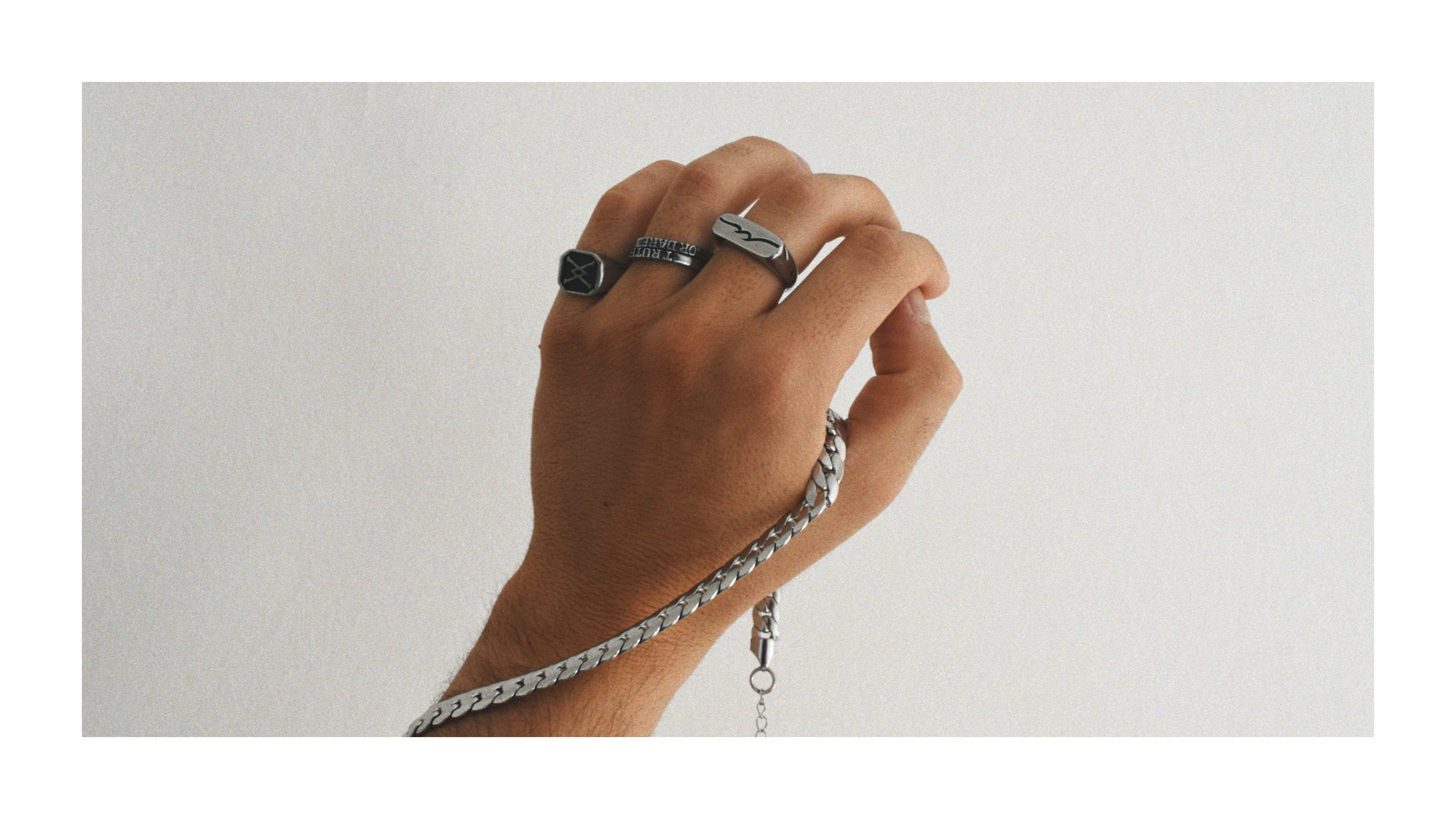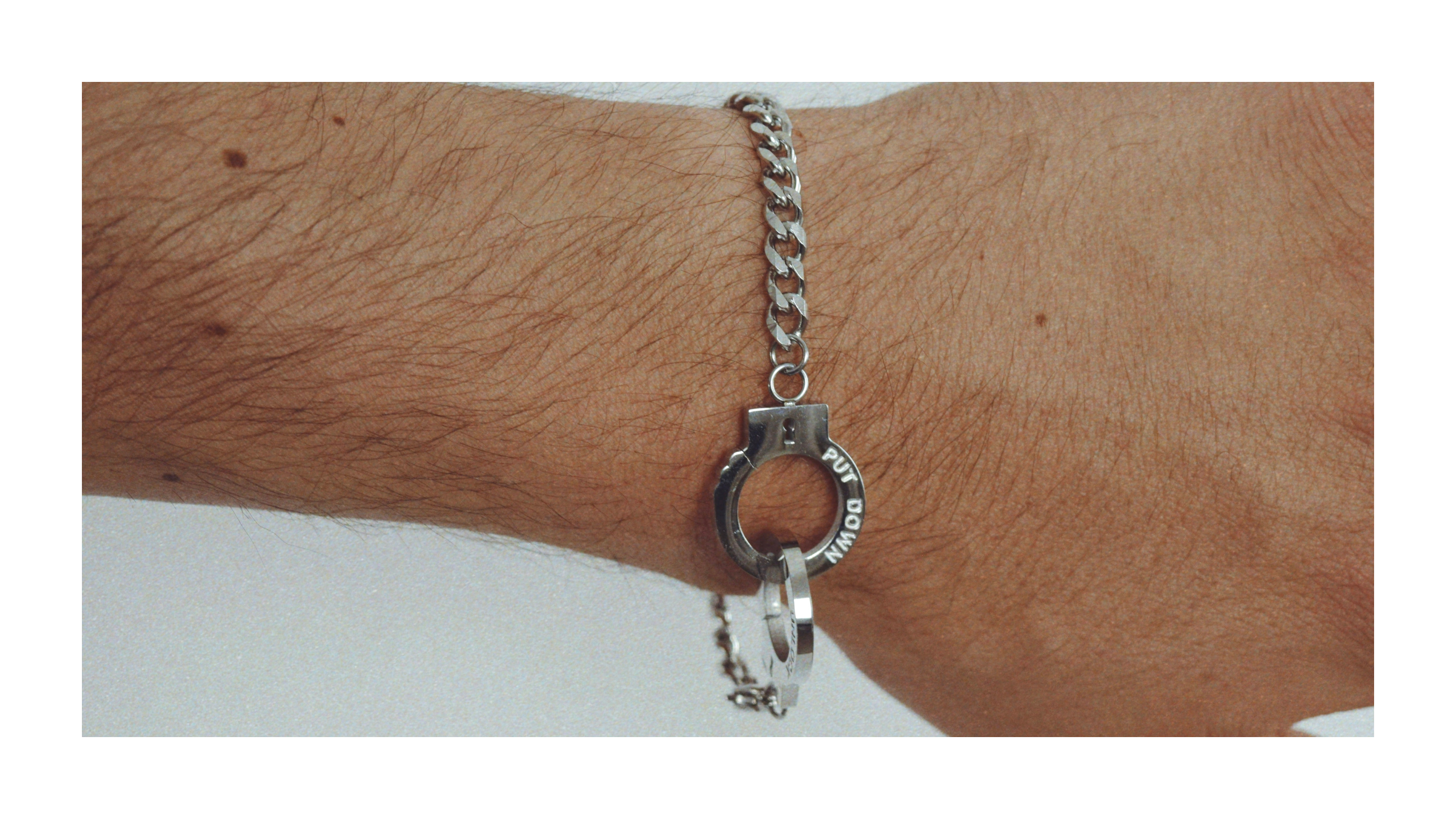925 Sterling Silver vs 316L Stainless Steel Which One Wins?

In the world of jewelry, few debates spark more back-and-forth than sterling silver versus stainless steel. One has the legacy and shine, the other’s built to last through anything.
But which is better for your style, your skin, and your daily wear?
That’s where things get interesting. It's like a game of chess: silver may open strong, but stainless steel plays the long game.
What Is Sterling Silver?
Sterling silver isn’t just shiny it’s science. It’s made from 92.5% pure silver and 7.5% of other metals, usually copper. That little mix gives silver the strength it needs to survive everyday wear, since pure silver on its own is too soft to hold shape.
It’s been used for centuries in jewelry, coins, and even musical instruments. You’ve probably seen the “925” stamp on a pendant or ring that’s the industry’s way of saying “this is the real deal.”
It has a beautiful, elegant look. But it comes with quirks: silver can tarnish over time, reacting to air and moisture. Some love the patina it develops others want it sparkling clean every day.
What Is Stainless Steel?
Stainless steel is the no-fuss, tough-as-nails cousin in the jewelry world. Specifically, 316L stainless steel (what we use at DIVON) is known as “surgical grade” it’s hypoallergenic, corrosion-resistant, and built to last.
It’s a mix of iron, chromium, nickel, and molybdenum (don’t worry, just science stuff), designed to stay strong and shine without fading or rusting. Unlike silver, it doesn’t tarnish, doesn’t scratch easily, and doesn’t ask for constant polishing.
Bonus? It’s also one of the most recycled materials on Earth. You can melt it down, reuse it, and it never loses quality. That’s why we love it not just because it lasts, but because it respects the planet too.
925 Sterling Silver - Pros & Cons
Pros:
- Timeless look – Has that classic shine people associate with real, precious jewelry.
- Feels valuable – It’s a precious metal with weight and history.
- Detailed craftsmanship – Softer to work with, so you get more intricate designs.
- Develops character – Over time, it ages with a cool, vintage vibe.
Cons:
- Tarnishes over time – Needs polishing to stay bright.
- Softer metal – Scratches and bends more easily.
- Not ideal for water – Sweat, shower, sea? Best take it off.
- More expensive – You’re paying for the material.
316L Stainless Steel - Pros & Cons
Pros:
- Durable – Built to handle daily wear, workouts, even the ocean.
- No tarnish – No polishing, no fading, no stress.
- Budget-friendly – Looks expensive, costs less.
- Eco-conscious – Highly recyclable and better for the planet.
- Low-maintenance – Just wipe it down and you’re good.
Cons:
- Not a precious metal – Doesn’t carry the same ‘status’ as silver.
- Harder to reshape – Tougher metal means simpler designs.
- May not age the same – It keeps its look, but doesn’t develop that vintage patina.
Sterling Silver vs. Stainless Steel - Which One Wins?
Honestly? There’s no clear winner. Sterling silver brings the heritage and shine, but it asks for a little care. Stainless steel keeps things easy, durable, and drama-free. It all depends on what you want from your jewelry.
If you love the idea of owning a piece with weight, history, and a touch of tradition silver’s your go-to.
If you want something you can wear 24/7 without worrying steel’s the move.
At DIVON, we chose 316L stainless steel for a reason. It looks clean, wears strong, and fits real life. So whether you’re a silver loyalist or a steel convert, just know this: the best jewelry is the one you actually wear.









Leave a comment